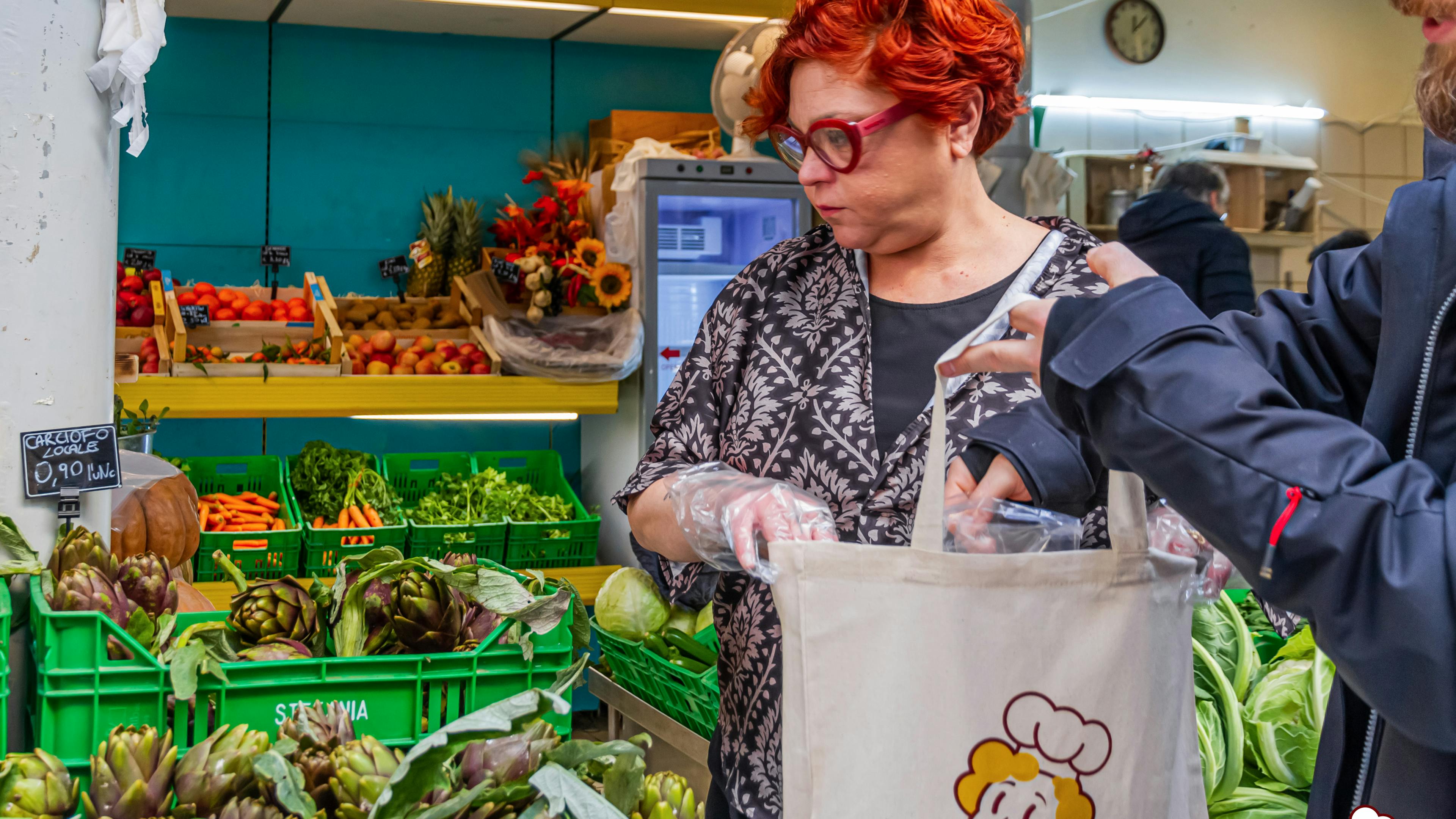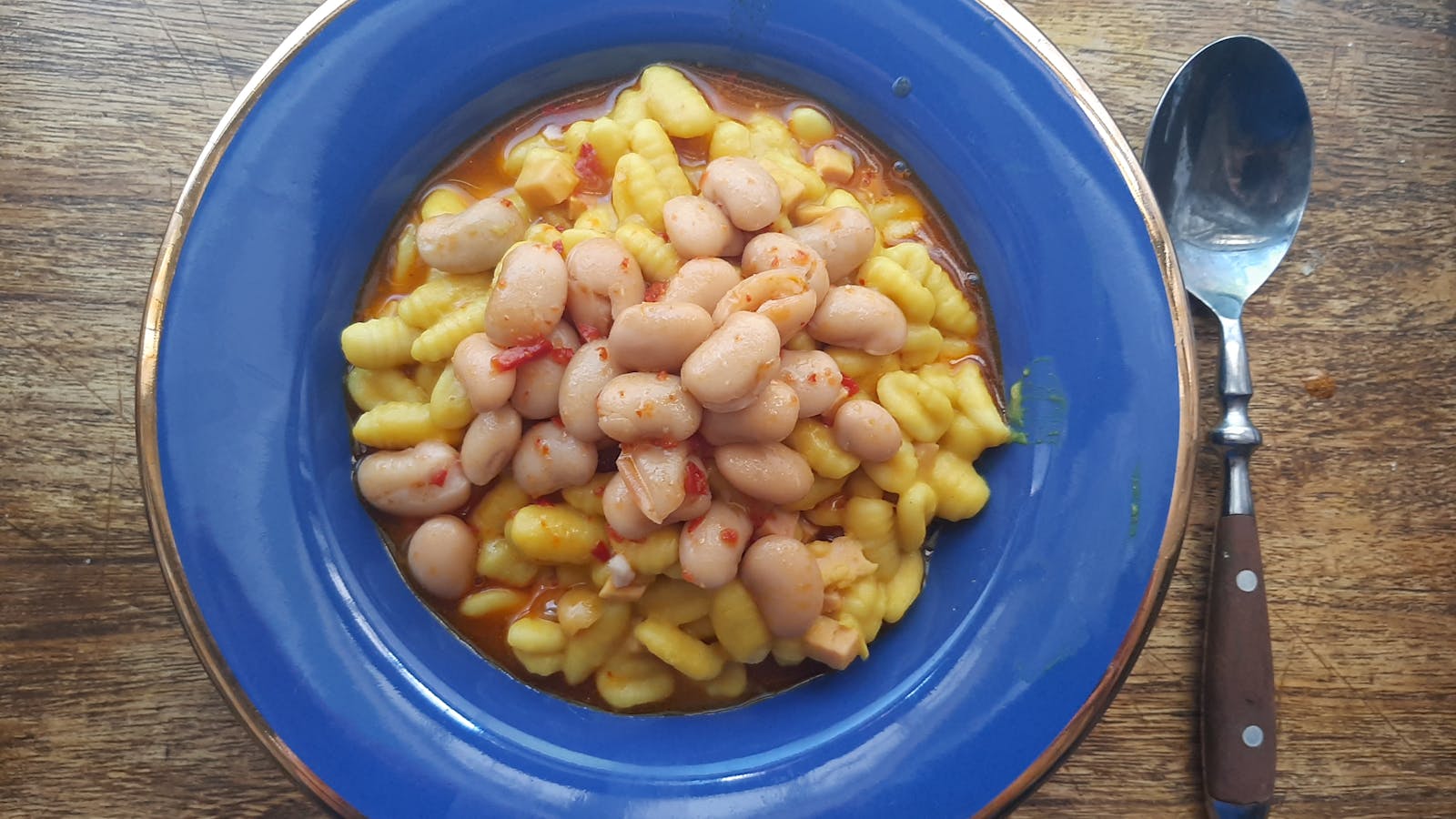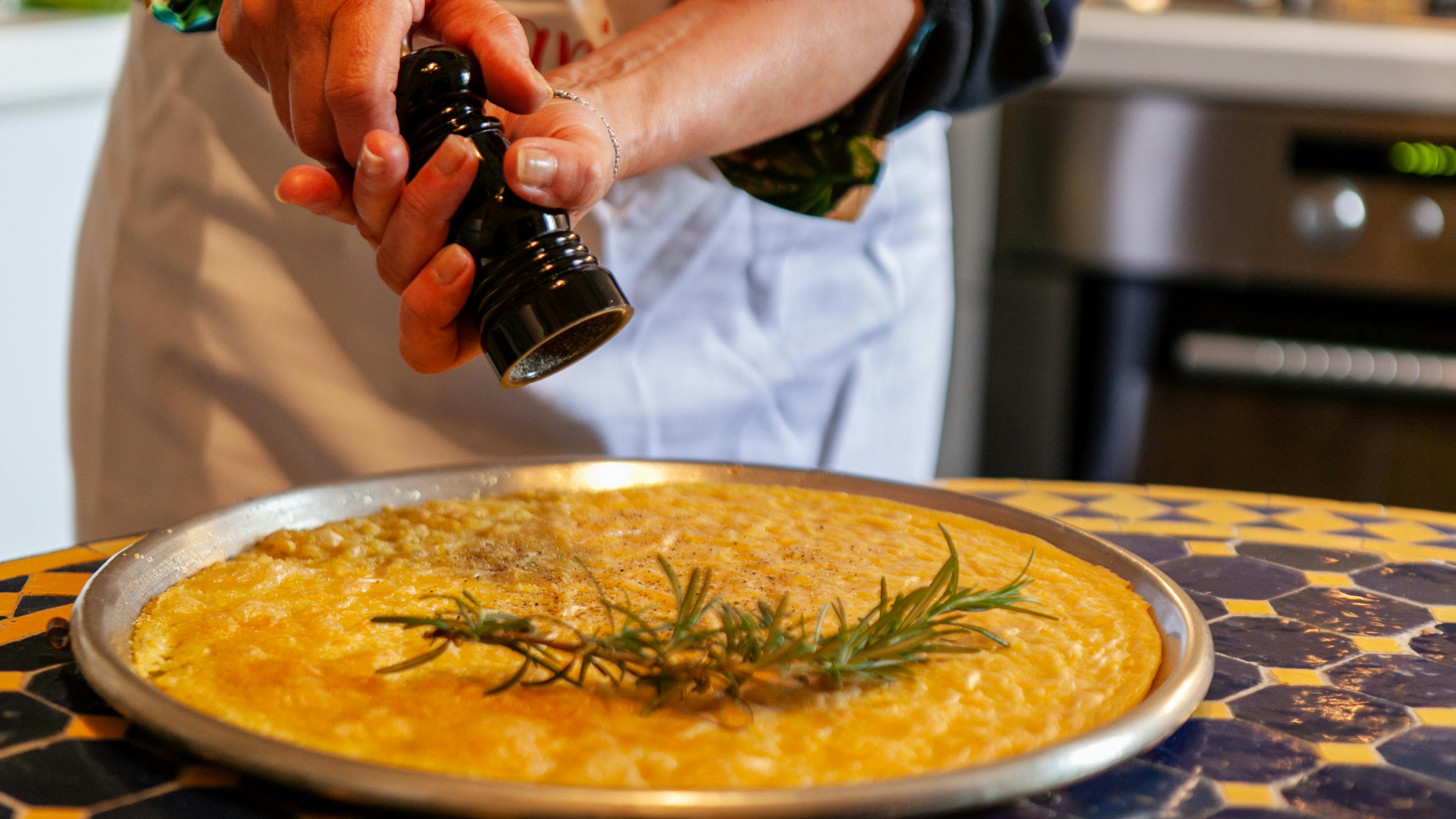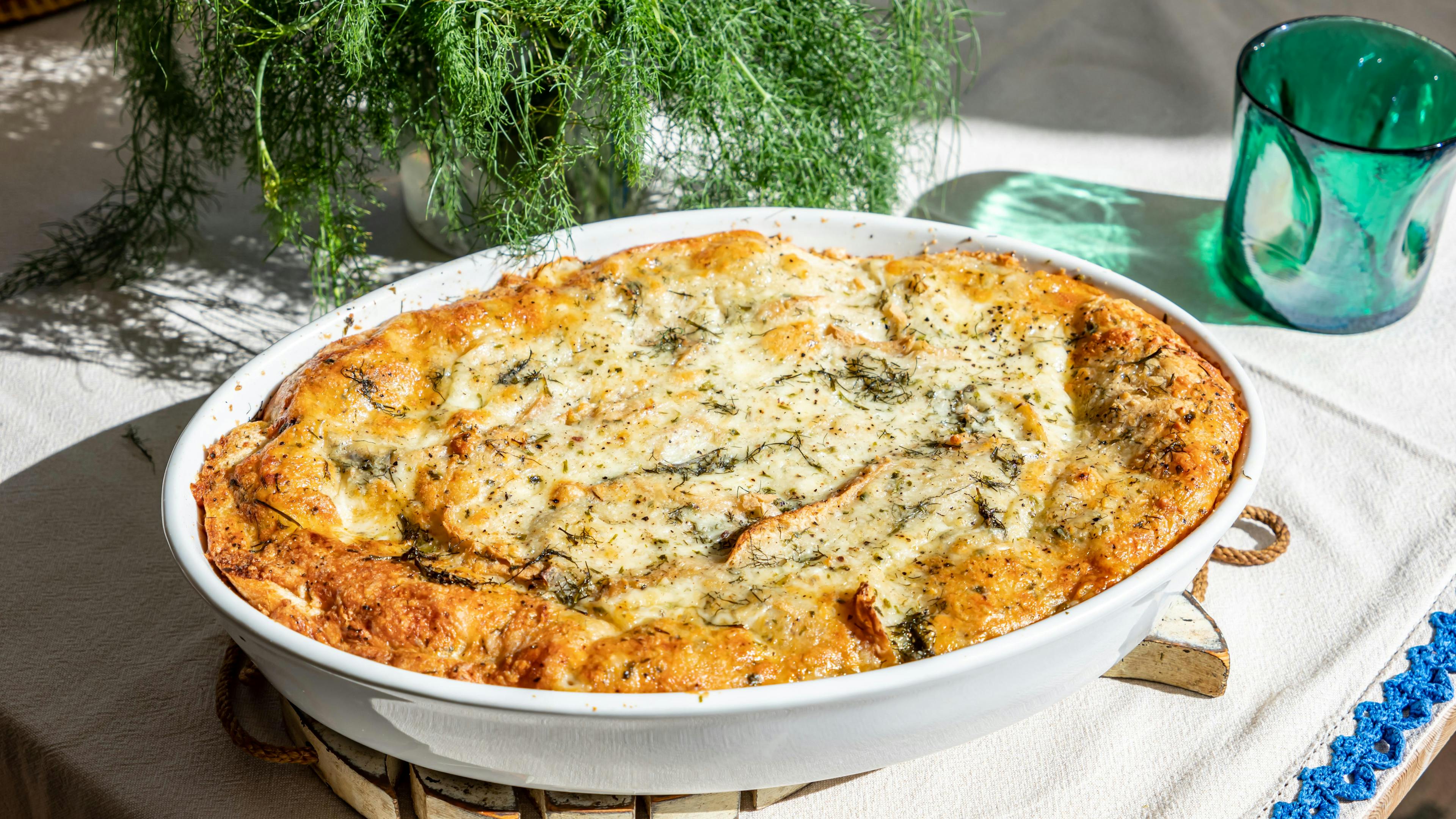

What do Pythagoras, Richard Wagner, Gandhi, Lisa Simpson, and Bill Clinton have in common? Don't know?... They are all vegetarians (or vegans).
On October 1st, World Vegetarian Day is celebrated, a day established by the North American Vegetarian Society in 1977 to raise awareness about the benefits of a vegetarian diet. Let's explore the characteristics of this diet and see how it differs from the vegan diet. "Vegetarian" and "vegan" are now terms that have entered common language. Just look around in everyday life to realize that restaurant menus and supermarket shelves now offer multiple alternatives for those who have decided to follow these specific dietary regimes.
Here are some data on vegetarians and vegans in Italy and worldwide
Let's look at some numbers to better understand this phenomenon. According to the results of a Eurispes survey, in 2023, 4.2% of Italians declared themselves "vegetarian", while vegans stood at 2.4%; looking at the world as a whole, according to industry associations, there are about 800 million vegetarians and around 100 million vegans, but giving a certain answer is difficult because there are no official statistics.

Vegetarians and Vegans: what's the difference?
But what is the difference between "vegetarian" and "vegan"? To answer this, we must imagine these dietary models as points along a continuum where the differences between one and the other are dictated by the inclusion or exclusion of certain foods. In practice, "vegetarian" can be interpreted in various ways. There are lacto-ovo-vegetarians who exclude meat (and derivatives) and fish but include milk (and derivatives) and eggs, in addition to plant-based foods; lacto-vegetarians who follow a diet similar to the previous group but also exclude eggs; ovo-vegetarians who instead exclude milk and derivatives but include eggs; and finally, vegans who exclusively eat plant-based products, excluding everything of animal origin, including honey.
The Benefits of a Vegetarian Diet
According to the Academy of Nutrition and Dietetics, vegetarian diets are a boon to our health: those who follow such a dietary regime have a reduced risk of certain clinical conditions, including type 2 diabetes, hypertension, some forms of cancer, and obesity.
The reduction of foods rich in saturated fats and the high consumption of vegetables, fruits, whole grains, legumes, nuts, and seeds promote the lowering of cholesterol levels in the blood and better control of the glycemic load after a meal.

The need for supplementation
However, it is important to keep in mind that excluding some foods from our diet requires supplementation with other foods so that our body still receives the necessary nutrients for its proper functioning. The exclusion of meat, for example, makes it necessary to supplement iron: this mineral plays a fundamental role in transporting oxygen to the muscles, and a deficiency can lead to a state of weakness and fatigue. To stock up, therefore, the menu can be enriched with foods rich in vitamin C, such as kiwi, lemon, and legumes.
Tips for Vegetarians
Vegetarians who do not eat meat and fish but include milk (and derivatives) and eggs should regulate their diet based on two principles: balance and variety. The exclusion of meat in favor of cheeses and dairy products, in fact, could then lead to an excess of saturated fats. The advice is therefore to consume foods from all vegetable food groups in a varied way, with particular attention to legumes, broccoli, cabbage, and cabbage, which are rich in iron. For those who also exclude eggs, the greatest risk could be a deficiency of vitamin B12, a deficiency that can be countered with the intake of soy and its derivatives.

Tips for Vegans
The exclusion from one's diet of any food of animal origin can lead to deficiencies in protein, fats, and calcium.
To avoid protein deficiencies, one can turn to soy and legumes: chickpeas, beans, and lentils, perhaps combined in the same meal with pasta or rice, provide a good protein intake. Then, let's not forget Omega-3 fatty acids, necessary for brain and heart function: these are essential fatty acids because the human body is not able to synthesize them autonomously. By eliminating fish as a source of Omega-3, to avoid deficiencies, it is good to regularly consume nuts, seeds, and vegetable oils (such as hemp oil, walnut oil, flaxseed oil). Avocado is also rich in Omega-3.
Finally, calcium, essential for the health of our bones. By excluding dairy products from one's diet, it is necessary to compensate by introducing foods such as tofu, cauliflower, arugula, and almonds into one's menu.
Recipes
Are you eager to try your hand at some healthy yet flavorful recipes? Here are two recipes suitable for vegetarians and vegans that won't make you miss meat or eggs: Cecina and Wild fennel soup.
But in the Cesarine Recipe Book, you can find many other tips for preparing dishes in line with a vegetarian or vegan diet, such as the timeless Pizza Margherita, the famous orecchiette with turnip tops, or a tasty summer bean stew.

Cecina
Very easy and tasty, a dish from the Tuscan tradition
Ingredients
- 600 ml water (at room temperature)
- 180 gr chickpea flour
- 80 ml olive oil
- 8 gr fine salt
Method
- Dissolve the flour in water by passing it through a sieve, add half of the oil and the salt.
- Let it rest for at least three hours, stirring the mixture occasionally.
- Grease a copper and cast iron pan with the remaining oil, with a diameter of at least 30 cm, and pour the batter into it (it should be very liquid). Bake in a very hot oven between 200°C and 250°C. The chickpea flatbread will be ready when a thin and crispy golden crust forms on the surface.
Serve it still hot, cut into quarters, and sprinkled with black pepper. If you like, you can accompany it with cheeses of all kinds, but its triumph is to cover it with a fresh tomato clam sauce, serving it piping hot.
It is not recommended to store it; if you have any leftovers, cover the chickpea flatbread with parchment paper or cling film to prevent it from hardening.

Wild fennel soup
A very flavorful and tasty soup, easy to prepare
Ingredients
- 1 kg stale bread
- 1 kg fresh cow's milk string cheese
- 1 fairly large black cabbage
- 1 onion
- 2 carrots
- 1 celery stalk
- 300 gr grated pecorino cheese
- Parsley, pepper, salt
- A bunch of wild fennel
Method
- Prepare a broth with all the vegetables, including black cabbage and wild fennel.
- Slice the stale bread thinly (about 2/3 mm).
- Chop all the cow's milk cheese and add it to the grated cheese along with a generous pinch of chopped parsley and pepper.
- In a baking dish, make a layer of bread, cover it with cheese, and lay the cabbage leaves and some tufts of wild fennel on top. Wet the layer with broth evenly and start a new layer with the bread until all the ingredients are finished. The final layer should only be with cheese to form a crispy crust with cooking.
- With a fork, check that all the layers are sufficiently soaked: if the fork encounters resistance, it is necessary to add a few ladles of broth, making sure to distribute it over the entire surface.
- Bake in a preheated oven at 180°C for about 30 minutes or until the soup has swollen and a crispy, golden crust has formed.
- Let it rest for a few minutes and serve hot.
The soup goes well with a good Cannonau wine.